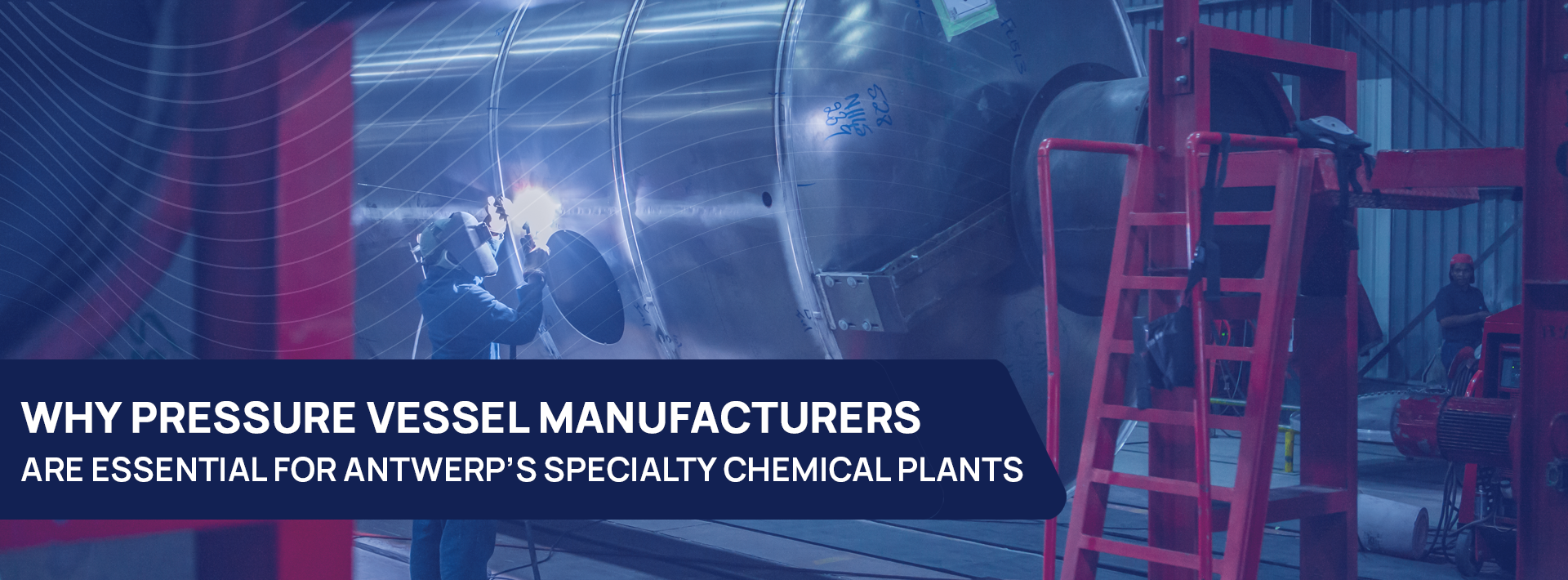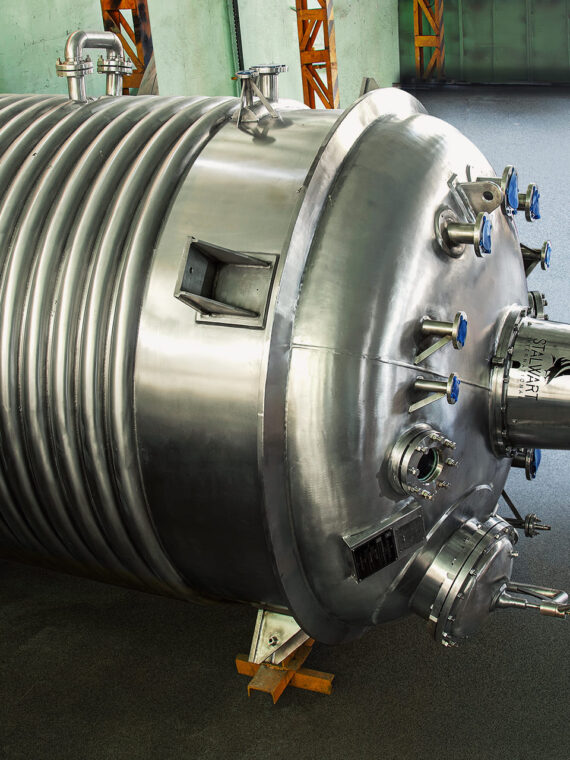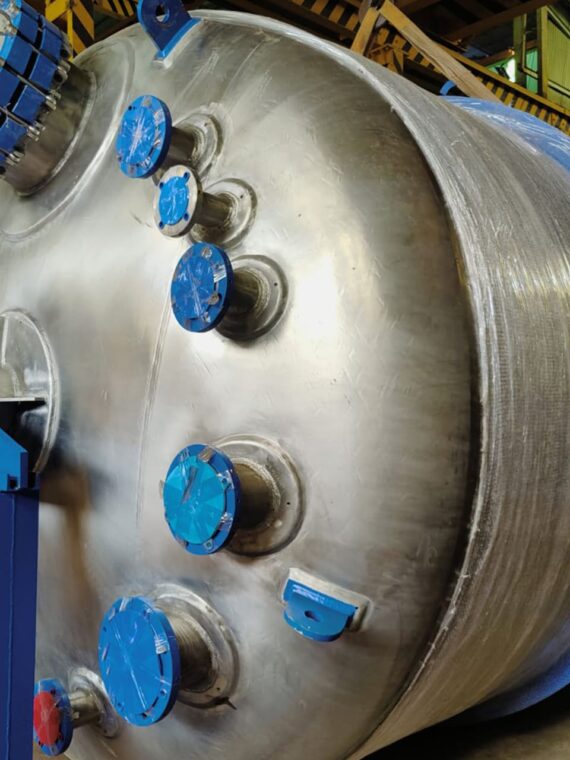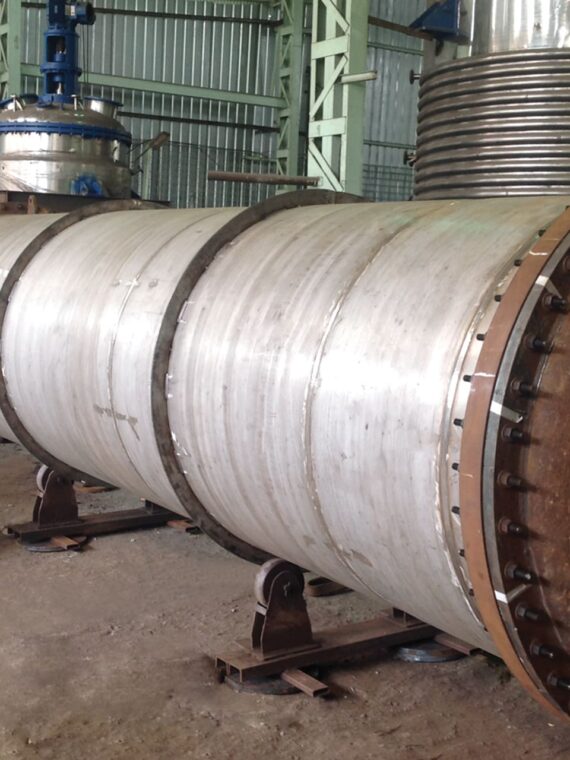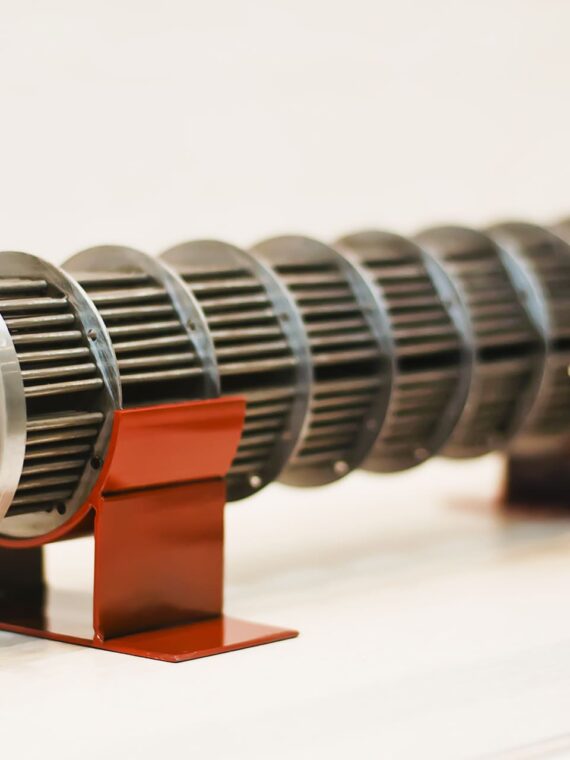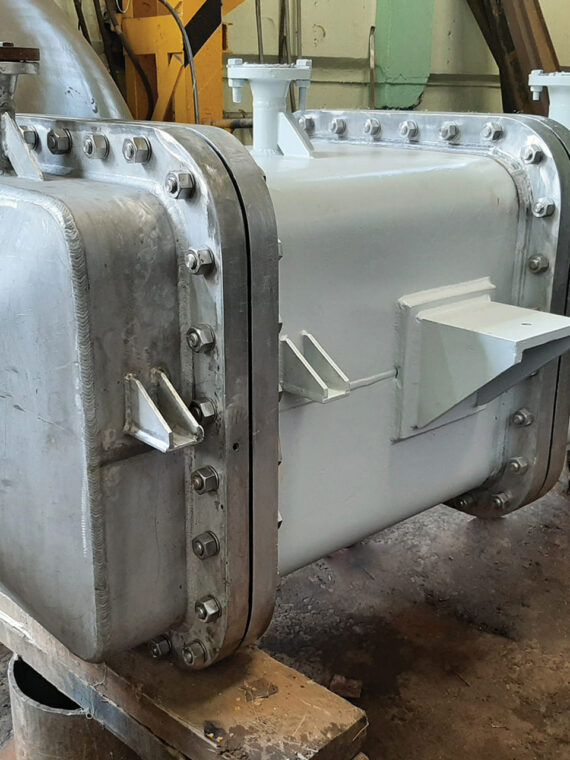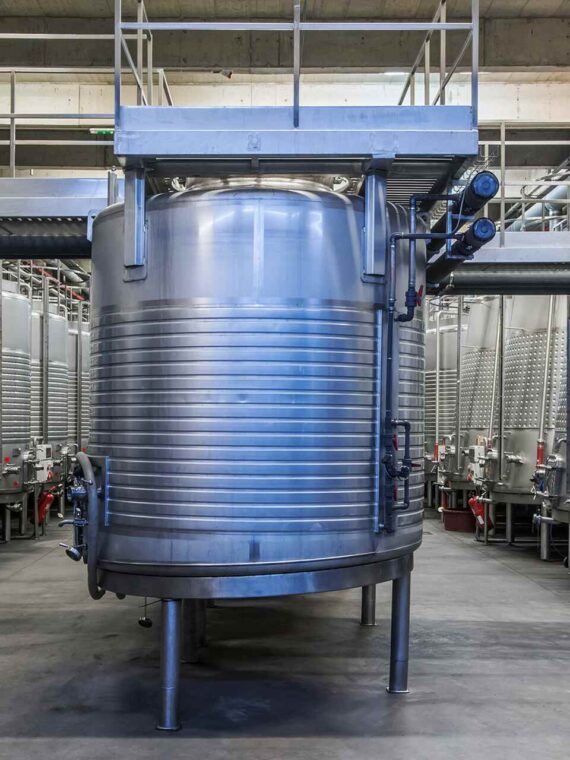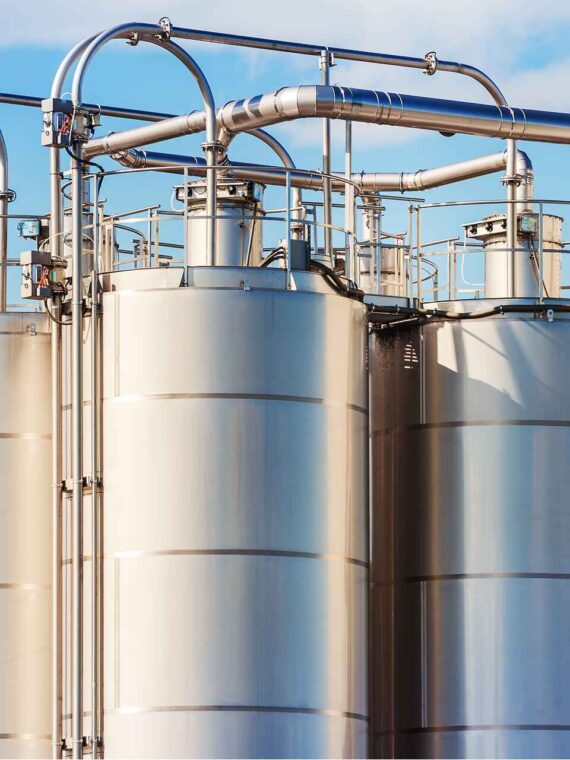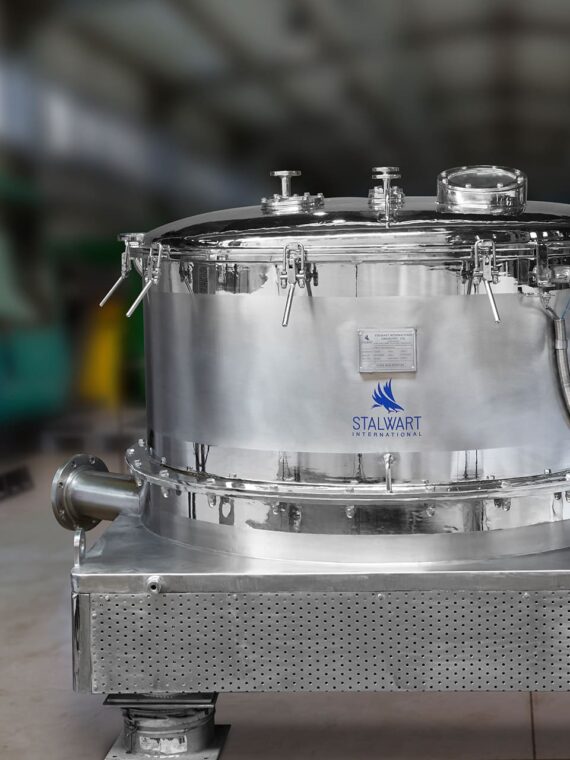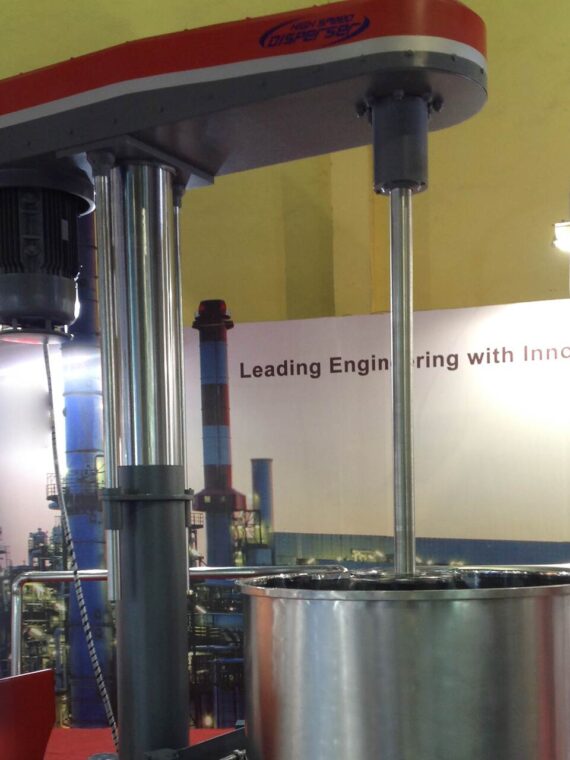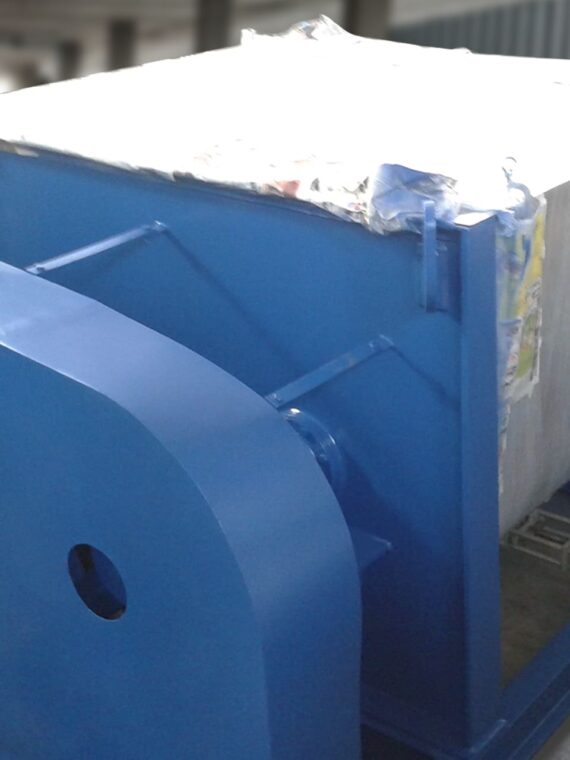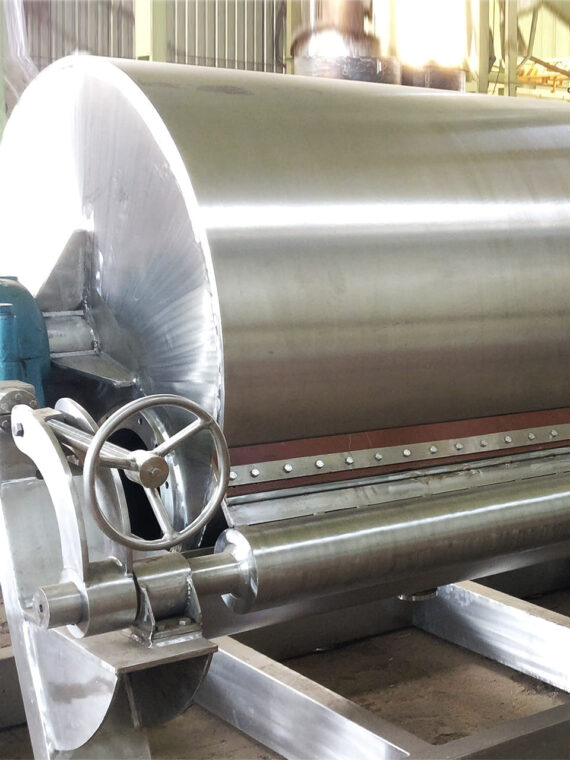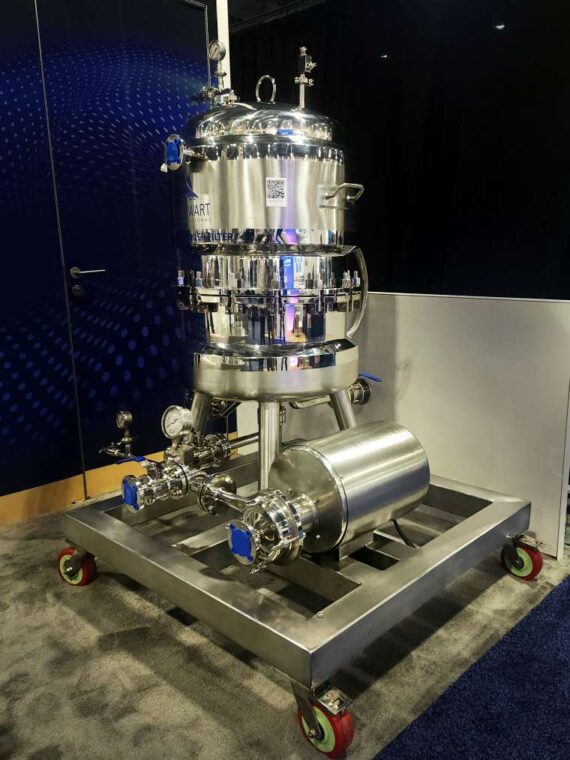The function of steam condensers in power generation is crucial. They are heat exchange devices utilized to transform steam from gas to liquid state. Recycled condensed water is subsequently used to generate additional steam.
Condensers increase efficiency by enabling power facilities to reuse water in a closed-loop system. Without them, steam that had passed through turbines would escape into the atmosphere. As a result, condensers are critical components in the production of sustainable energy.
They are utilized in numerous sectors, including thermal power, oil and gas, petrochemicals, and paper. Leading industrial condenser manufacturers offer a wide range of varieties to accommodate a variety of requirements.
Understanding the intricate workings of these condensers is important, as they contribute significantly to resource optimization, environmental sustainability, and the efficient production of power.
What Are Steam Condensers and How Do They Work?
A steam condenser is a sizable heat exchanger utilised to transform steam that has passed through a steam turbine back into liquid water. Condensers facilitate the expansion of steam through the turbine promptly by converting it back into water, thereby establishing a vacuum that promotes efficient energy extraction.
Tube sheets, condenser motors, heat transfer tubes, and water boxes are the primary components of a steam condenser. Some condenser suppliers in India customize the steam condensers components, like tube bundle, shell, air removal system, and condensate extraction system, as per the process requirement.
As the heated exhaust steam enters the condenser, it encounters the heat transfer tubes, the reverse side of which is cooled by circulating water. As a result of this cooling process, the vapor condenses into condensate, which is liquid water.
The cooling water is distributed to the tube bundles via the water boxes, whereas non-condensable gases are extracted via the air eliminators. The condensed steam is subsequently returned to the boiler via the condensate pump for reuse. In addition to facilitating the efficient reprocessing of water, this closed-loop steam cycle supplies the necessary vacuum for steam expansion via the turbine.
Benefits of Steam Condensers
Customized steam condensers from condenser manufacturers are vital to maximizing the efficiency and performance of power generation facilities. By enabling the condensation and recycling of steam, condensers provide several major benefits:
Improved Thermal Efficiency
Steam drives the turbine and generates mechanical energy. After condensing, the steam becomes water. It turns steam into liquid. Steam loses its heat at this phase shift. Capturing latent heat boosts power plant thermal efficiency. Without a condenser, steam would release latent heat into the air after the turbine. Each pound of steam can yield additional energy by condensing to water. It boosts plant electricity from the same fuel.
Benefits Beyond Efficiency
The impact of steam condensers extends far beyond simply boosting power output. They assist in resource conservation by significantly reducing water withdrawals by recirculating condensed steam as feedwater. This closed-loop approach can save plants over 90% of water compared to once-through cooling systems, making them crucial equipment in arid regions and an essential element of sustainable power generation.
Air and Gas Removal
Over time, small amounts of gases that cannot condense may build up in the steam lines. It can happen due to issues like turbine erosion or leaks in the boiler. Condensers act as a cold trap to remove these non-condensable gases. As the name suggests, it traps them by cooling the steam. It helps the condenser maintain a vacuum.
The vacuum is important for the turbine to work properly. It allows the steam to expand efficiently and power the turbine blades. Removing the non-condensable gases preserves the vacuum.
Turbine Protection
Steam condensers aren’t just energy enhancers; they’re turbine guardians. Without them, the steam exiting the turbine would create backpressure, a silent enemy that can overheat and damage the delicate blades and rotors. By creating a vacuum, the condenser pulls the steam through the turbine efficiently, keeping temperatures and pressures within safe operating limits.
Common Condenser Types
A renowned condenser supplier can provide you with specific types of condenser as per the process requirement. There are several common condenser designs used in various power plant applications:
Surface Condensers
These condensers are the most common design in power plants. They use coolant-filled tubes to condense the steam. The steam condenses on the exterior of the tubes. Cool water flows inside the tubes. It absorbs heat from the steam and facilitates efficient heat transfer. The tubes are in a bundle configuration, so it becomes convenient for cleaning and maintenance purposes. Tube bundles can be removed for periodic inspection. Fouled tubes can be accessed and brushed clean.
Jet Condensers
Jet condensers bring steam and condensate in direct contact with coolant. This contact occurs in a special condenser chamber. Coolant is sprayed into the chamber. Exhaust steam enters from the turbine. As it contacts the coolant, the steam condenses. It is a simple but effective design. However, jet types require very pure feedwater so that impurities can lead to scale buildup in the chamber. It reduces heat transfer performance. So, as per industrial condenser manufacturers, water filtration is critical for these condensers.
Air Cooled Condensers
These condensers use ambient air instead of water for cooling. Finned tube bundles are cooled by air convection. Large fans or blowers pass air over the fins. It evaporates steam on the tube surfaces. Air-cooled types are used when water is scarce. They can achieve high condensing efficiencies. However, the downside is their large physical footprint. Significant land area is needed for the tube bundles and airflow.
Evaporative Condensers
These specialized condensers rely on evaporative cooling. Warm water trickles over finned tubes, and the ambient air contacts the wet fins. Some of the water evaporates while the remaining water cools down on the fins.
This chilled water provides excellent steam-condensing performance. The evaporative approach is very effective, making it well-suited for geothermal and biomass plants.
You May Also Like: A Practical Guide To Understand Different Types of Condensers
Recent Condenser Advancements
Steam condensers can become more effective with some recent advancements. Let’s look at the recent advancements that makes the functioning of steam condensers more efficient and robust:
- Industrial condenser manufacturers utilize enhanced heat transfer surfaces, like finned tubes or extended surface tubes, and tube coatings, like copper-nickel alloys and titanium coatings, that accelerate steam condensation while resisting corrosion and fouling. It improves heat transfer efficiency.
- Some manufacturers use automation, monitoring sensors, and advanced control algorithms to provide actionable condenser health insights. It enables predictive maintenance and fault detection.
- Condenser suppliers implement improved manufacturing techniques that optimize condenser designs for size and performance. It allows compact, high-efficiency condenser configurations.
- Also, the new high-strength alloy tubes can withstand higher pressures and temperatures. It improves turbine back pressure control and flexibility.
You May Also Like: Industrial Condensers: Properties and Functions Overview
The Bottom Line,
Steam condensers play a pivotal role in facilitating dependable and efficient power generation on a global scale. Increasing facility efficiency with advanced condensers is critical in light of the rising energy demand. Despite advancements in energy technologies, condensers will continue to be indispensable components that sustainably enable power generation.
Prominent condenser manufacturers, such as Stalwart International, seek to maximize condenser capabilities through constant innovation. By leveraging industry best practices and international standards, our condenser designs achieve greater efficiency, reduced environmental impact, and more intelligent predictive maintenance. Share your requirements with our experts to get a customized steam condenser for your facility.
FAQs
What is the role of a condenser in a steam power plant?
A condenser converts exhaust steam from the turbine into water for reuse in the boiler, improving efficiency and conserving water.
What is the role of the condenser during the generation process?
The condenser maintains low pressure at the turbine’s exhaust, increasing energy extraction and enabling steam to cycle efficiently.
What is the efficiency of a steam turbine condenser?
The efficiency depends on factors like cooling water temperature, design, and load, typically ranging from 85% to 95%.
What is the condenser system of a steam turbine?
It is a heat exchanger system that uses cooling water to condense steam into water, enabling a closed-loop cycle in power generation.





